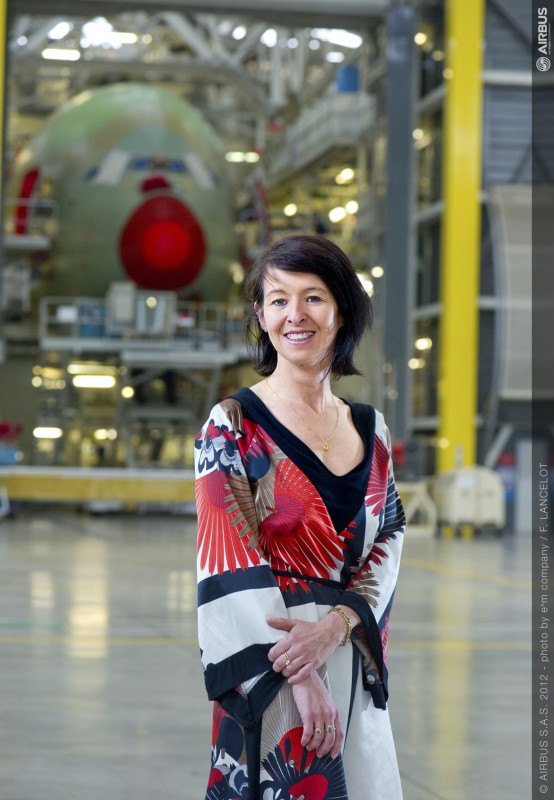Airbus is producing a range of revolutionary long-range aircraft that are lighter and substantially more fuel efficient than anything to come before. To get these planes in the air, however, Airbus needs revolutionary tools.
September 21, 2017
For traditional airplanes made of aluminum, standard tools that run on pneumatic power work just fine. But for the new wide-body Airbus A350 XWB – whose body and wings are made primarily of lightweight carbon fiber – Airbus needed something a little more sophisticated: Tools that provide more mobility, more accuracy, and a specific speed for every step of the construction process. To supply these innovative cordless and wireless communication-capable tools, Airbus chose Atlas Copco. Drawing on its sales teams across Europe, Atlas Copco tailored a product line specifically for the aerospace industry. Although these tools carry a higher up-front cost than standard ones, Atlas Copco convinced Airbus that they were worth the investment: Their superior accuracy and advanced feedback capabilities actually reduce operating costs. “The most important thing when selecting a tooling partner is getting quality products that can be relied upon,” says Isabelle Michaud, Category Manager at Airbus. Moreover, these tools also use less energy, helping to reduce Airbus’s carbon footprint. “The new tools improve ergonomics, safety and quality assurance, due to the possibility of managing the speed of rotation,” says Jany Roger, a Development Engineer for Airbus. “For the operator, they’re very comfortable.”

“The most important thing when selecting a tooling partner is getting quality products that can be relied upon. ”
Isabelle Michaud Category Manager at Airbus
The A350 marks the first Airbus to be built primarily (53%) from carbon fiber reinforced plastic, a material that is both remarkably light and very strong. With the resulting weight reduction, along with design advances, the A350 promises to use 25% less fuel than airliners of similar size. For the complex assembly of the A350, Atlas Copco’s nutrunners (tightening tools) are critical. Airbus built its first A350 test model not only in several different sections — but in three different countries. The wings were made in the U.K., the front fuselage in France, and the aft fuselage in Germany. “Atlas Copco is a valuable strategic supplier,” says Michaud. “It’s important that Atlas Copco delivers the same solution worldwide as Airbus is striving to be one harmonized global company, and standardization of tools and processes is the key objective for all plants.” Early in 2012, Airbus began joining the complete wide-body aircraft at its new French assembly line facility in Toulouse. This first fuselage will be used exclusively for on-the-ground testing, which every new aircraft model must undergo. After the flightless test model of the A350 is completed in 2012, assembly will begin on the first A350 that will soar into the skies. Written by Nancy Pick




